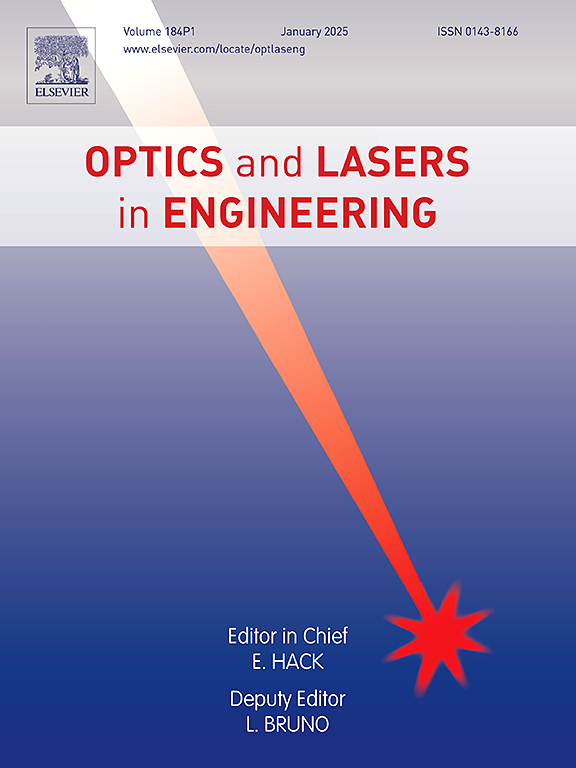Computational ghost imaging for atmospheric turbulence using physic mode-drive deep learning
IF 3.5
2区 工程技术
Q2 OPTICS
引用次数: 0
Abstract
Atmospheric turbulence, a common natural phenomenon, causes beam drift due to its strong randomness and anisotropy, significantly hindering imaging applications. Computational ghost imaging (CGI) leverages the second-order correlation properties of light fields for indirect imaging, with low light source intensity requirements, single-pixel imaging, and excellent turbulence resistance. However, conventional CGI algorithms require multiple measurements to mitigate turbulence noise, resulting in a trade-off between acquisition number and image quality. To address this issue, we propose a physics-enhanced deep learning-based CGI method for atmospheric turbulence (PEACGI). In this approach, the ghost imaging algorithm is initially employed to generate a preliminary estimation that serves as input for the training network, allowing for a more comprehensive extraction of physical information. Additionally, we introduce a model-driven process to ensure that the reconstructed target closely approximates the real image. Theoretical and experimental results indicate that the proposed method exhibits robust performance across varying sampling ratios, turbulence intensities, and imaging distances. Consequently, our findings have significant implications for atmospheric turbulence imaging.
求助全文
约1分钟内获得全文
求助全文
来源期刊

Optics and Lasers in Engineering
工程技术-光学
CiteScore
8.90
自引率
8.70%
发文量
384
审稿时长
42 days
期刊介绍:
Optics and Lasers in Engineering aims at providing an international forum for the interchange of information on the development of optical techniques and laser technology in engineering. Emphasis is placed on contributions targeted at the practical use of methods and devices, the development and enhancement of solutions and new theoretical concepts for experimental methods.
Optics and Lasers in Engineering reflects the main areas in which optical methods are being used and developed for an engineering environment. Manuscripts should offer clear evidence of novelty and significance. Papers focusing on parameter optimization or computational issues are not suitable. Similarly, papers focussed on an application rather than the optical method fall outside the journal''s scope. The scope of the journal is defined to include the following:
-Optical Metrology-
Optical Methods for 3D visualization and virtual engineering-
Optical Techniques for Microsystems-
Imaging, Microscopy and Adaptive Optics-
Computational Imaging-
Laser methods in manufacturing-
Integrated optical and photonic sensors-
Optics and Photonics in Life Science-
Hyperspectral and spectroscopic methods-
Infrared and Terahertz techniques
 求助内容:
求助内容: 应助结果提醒方式:
应助结果提醒方式:


